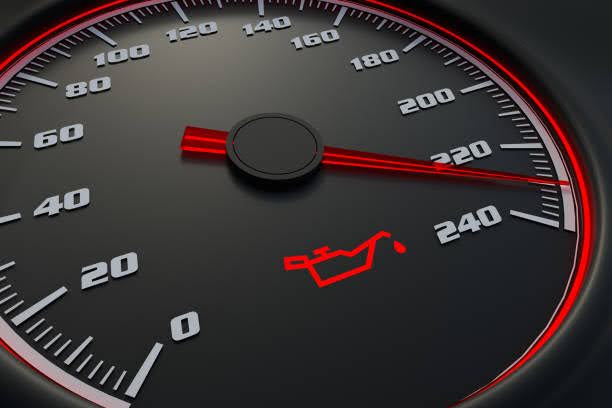While you’re driving, a beep catches your attention, and you spot a symbol on your dashboard. You start to speculate what it indicates for your car !
Some symbols are easy to understand, but others aren’t. It’s crucial to know the meaning of these warning lights. If you see one, you might need to stop and ask for assistance. Understanding these symbols helps you stay safe on the road and prevents potential issues with your vehicle. Over at Gold Autoworks, a renowned car repair workshop located at Toh Guan Rd, we endeavor to share more knowledge about cars with our esteemed customers – you!
Your car’s dashboard isn’t just a bunch of warning signs. It’s a hub of information, signaling not only potential problems but also the smooth functioning of various features. Think of it as your car’s way of talking to you, using colors to convey different messages.
When you see green or blue lights, it’s like your car giving you a thumbs-up, letting you know everything’s running smoothly. But when those lights turn orange or yellow, your car is politely asking for your attention. It’s saying, “Hey, I might need a check-up soon.”
Now, let’s talk about the serious stuff – the red lights. When these pop up, it’s like your car shouting, “Stop! Pay attention!” Some red lights are reminders, nudging you to buckle up for safety. Others signal mechanical issues, like an overheating engine, screaming for immediate action.
If a red mechanical light flashes, it’s your car’s way of saying, “Pull over, let’s sort this out.” Ignoring it could lead to bigger problems down the road, quite literally. So, next time your dashboard lights up, remember, it’s not just about warning signs; it’s your car’s language, and understanding it can save you a lot of trouble.
While reviewing this list, don’t forget these two important points:
- It’s worth noting that each car comes with its own unique set of dashboard symbols, so they may not perfectly match the ones listed here. If you’re uncertain, it’s wise to consult your vehicle’s manual!
- Just a heads up: when you start your car, certain dashboard lights might flicker briefly for a system check. If they vanish within a few seconds, everything should be running smoothly.
Recognizing 18 Standard Warning Lights on Your Car’s Dashboard -H3
- Oil Pressure Warning Light
- Tire Pressure Warning Light
- Engine Temperature Warning Light
- Traction Control Alert Light
- Anti-lock Brake System Warning Light
- Traction Control Malfunction Light
- Engine Warning Light (Check Engine Light)
- Battery Alert Light
- Low Fuel Indicator Light
- Automatic Shift Lock or Engine Start Indicator Light
- Seat Belt Reminder Light
- Airbag Warning Light
- Security Indicator Light
- Fog Lamp Indicator Light
- Washer Fluid Indicator Light
- Brake Warning Light
- Lane Departure Warning Light
- Transmission Temperature Warning Light
1. OIL PRESSURE WARNING LIGHT
Indication: When you notice this symbol on your dashboard, it’s like your car trying to tell you that something might not be right with its oil system.
Action: This warning is crucial because if your engine lacks enough oil, it could lead to serious damage. So, if you see this light, find a safe place to stop, turn off your car, and check the oil level. Look around the engine for any signs of oil leaks, and then use the dipstick to ensure there’s sufficient oil.
Resolution: Adding more oil might resolve the issue if you’re running low. However, if your engine remains noisy despite adequate oil, it could point to an oil pump problem. Alternatively, if the oil level appears fine and your engine sounds normal, the sensor triggering the warning light might be faulty. In any case, it’s crucial to get your vehicle to a mechanic promptly for a proper diagnosis and repair.
2. TIRE PRESSURE WARNING LIGHT
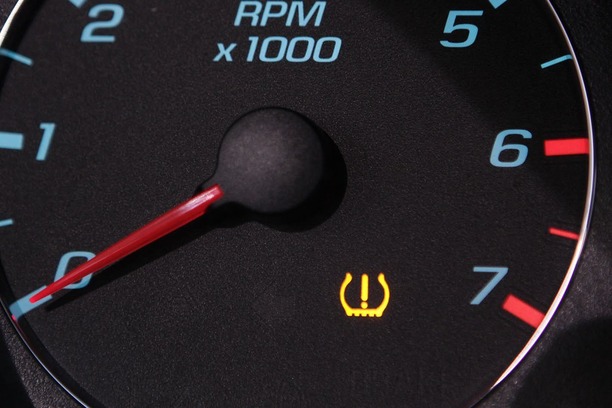
Indication: This symbol, also referred to as the Tire Pressure Monitoring System (TPMS) symbol, alerts you to potential issues with your tire pressure or the TPMS itself.
Explanation: If the TPMS symbol remains steady, it indicates that one or more of your tires have either insufficient or excessive pressure. Alternatively, if the TPMS symbol flashes for 60-90 seconds upon starting your vehicle and then remains lit, even if your tires are appropriately inflated, it suggests a problem with the TPMS sensors.
Action: Driving with tires that have incorrect pressure levels is hazardous and can lead to tire damage. It’s advisable to pull over at your earliest convenience to adjust the tire pressure accordingly.
Solution: Feel free to visit us! We offer complimentary air services at our workshop, and our skilled team members can swiftly repair or replace your tire if necessary. Additionally, we can inspect your TPMS sensors for any issues and provide you with a repair estimate. Although a malfunctioning TPMS won’t affect your tires’ performance, it will prevent the system from alerting you to low tire pressure situations.
3. ENGINE TEMPERATURE WARNING LIGHT
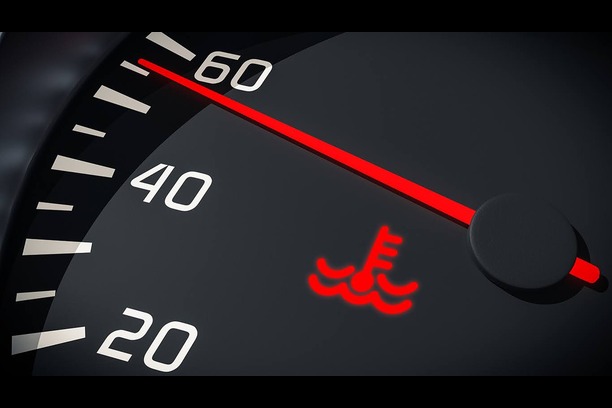
Indication: When your dashboard lights up with this warning symbol, it’s shouting out that your engine is heating up beyond safe levels. This often points to troubles with your coolant, also known as antifreeze, but don’t rule out other potential causes just yet.
Action: Start by taking some quick action. Turn off the AC and crank up the heater to help draw heat away from the engine and into the cabin. If that doesn’t cool things down within a few minutes, find a safe spot to pull over and shut off the engine. Give it at least 15 minutes to cool off before attempting any further inspection. Avoid the temptation to open the hood prematurely, as escaping steam or smoke could cause serious burns.
While waiting for the engine to cool down, it’s crucial to strategize your next moves. Consider reaching out to roadside assistance for immediate support. They can provide assistance with topping up your coolant or arranging a tow to the nearest repair facility. By taking swift action, you can mitigate further damage and ensure your safety on the road.
4. TRACTION CONTROL LIGHT
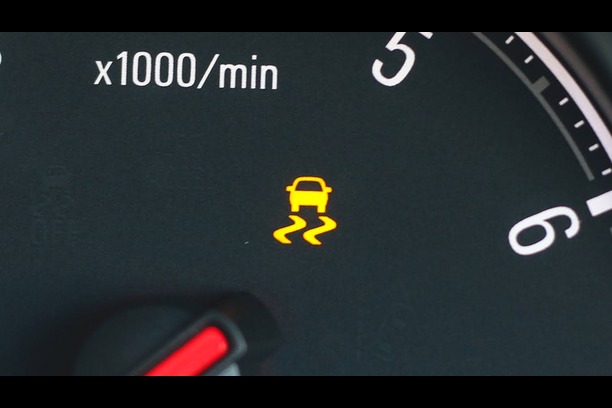
Indication: When the traction control light appears on your dashboard, it’s indicating that your vehicle’s traction control system is active. This system utilizes the anti-lock brake system (ABS) to monitor individual wheel speeds. If it detects one wheel spinning faster than the others, suggesting potential slippage, it intervenes by applying brakes until traction is regained. This feature proves particularly beneficial in navigating slippery road conditions, such as those encountered during rain or snow.
Action: Upon sighting the traction control light, it’s important to maintain composure and continue driving. However, remain vigilant for slippery surfaces and adjust your driving accordingly. By staying attentive and adapting to the road conditions, you can ensure safe navigation despite challenging traction circumstances.
5. ANTI-LOCK BRAKE SYSTEM (ABS) Warning Light
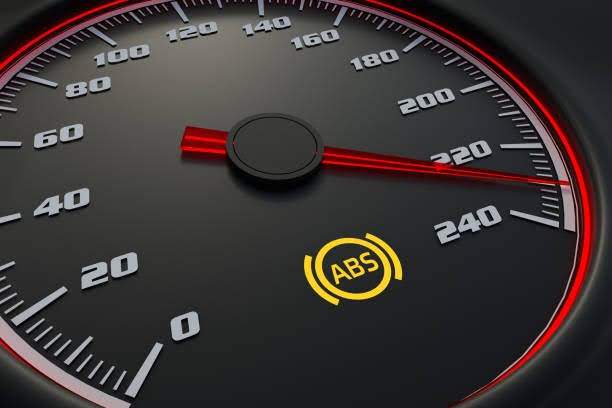
Indication: The ABS warning light illuminates when you apply brakes forcefully, especially on slippery surfaces, activating the Anti-lock Braking System (ABS). This system prevents wheel lock-up by pulsing the brakes. If the ABS warning light is on, it indicates a problem with this crucial safety feature.
Action: Given the importance of the ABS in ensuring safe braking, it’s essential to have a mechanic inspect the issue promptly. Don’t delay—swiftly addressing the problem ensures that this vital safety system operates effectively when needed.
6. TRACTION CONTROL MALFUNCTION LIGHT
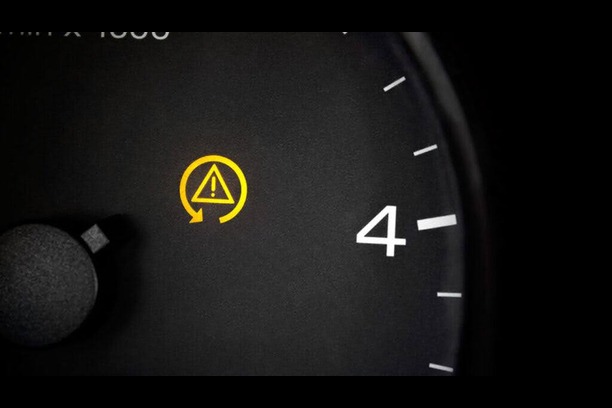
Indication: When the Traction Control Malfunction Light is displayed on your dashboard, it hints at a potential issue with your vehicle’s traction control system. This could stem from a faulty or damaged sensor, or another malfunction within the system. Additionally, in some vehicles, the ABS and traction control systems share the same control module, meaning problems with the ABS may trigger this dashboard light.
Action: Although this malfunction may not immediately impact your daily driving, it’s crucial to address it promptly. Ensuring the proper functioning of your vehicle’s traction control system is essential for safe operation, especially in adverse weather conditions. Therefore, it’s advisable to have the issue inspected soon to prevent any safety risks and ensure your vehicle operates reliably when faced with challenging road conditions.
7. ENGINE WARNING LIGHT (Check Engine Light)
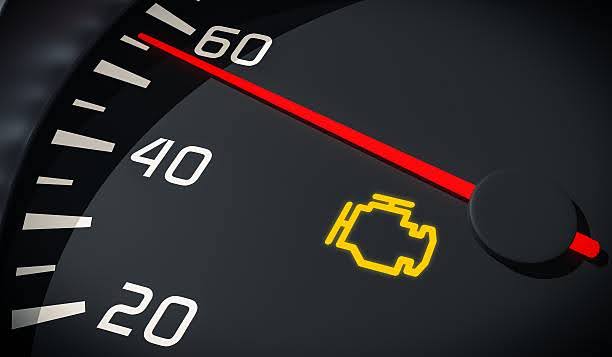
Indication: When the engine warning light, also known as the check engine light, comes on, it indicates minor issues like a loose gas cap or more serious problems like low oil pressure or engine overheating. (Note: Some vehicles display the words “CHECK ENGINE” instead of the symbol.)
Action: If you haven’t noticed any unusual changes in your car’s performance and there are no strange sounds or smells, it’s generally safe to continue driving for a short distance, preferably back home or to a nearby service center.
However, if the check engine light is red or flashing, it’s a sign of a severe problem that demands immediate attention. Continuing to drive in this condition could result in significant engine damage. It’s crucial to pull over and stop driving as soon as it’s safe to do so.
Regardless of whether the light is steady or flashing, it’s important to have your vehicle inspected and the issue diagnosed and repaired promptly. Neglecting the warning could lead to more extensive and costly damage down the line. Taking swift action ensures the continued safety and reliability of your vehicle.
8. BATTERY ALERT LIGHT
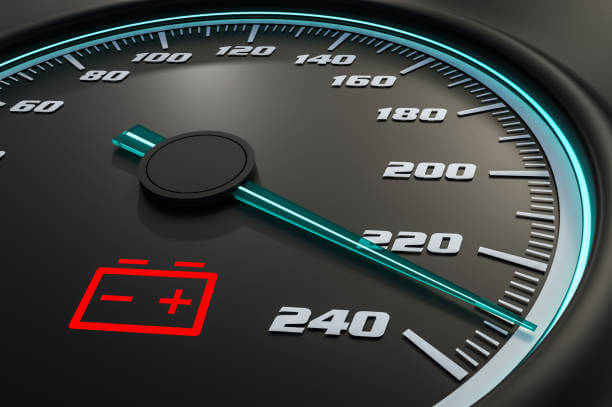
Indication: The battery alert light on your dashboard signals potential charging system issues. This warning may be triggered by various factors, such as loose or damaged battery cables, a malfunctioning alternator, or other electrical faults. Symptoms can include a dimming clock light, headlights, or difficulty starting your car.
Action: Our experienced team is equipped to swiftly diagnose and address any battery-related or electrical concerns. Timely attention is crucial to prevent further complications, including the need for a jump-start to reach the shop. Ensuring prompt maintenance is essential for preserving your vehicle’s performance and reliability.
9. LOW FUEL INDICATOR LIGHT
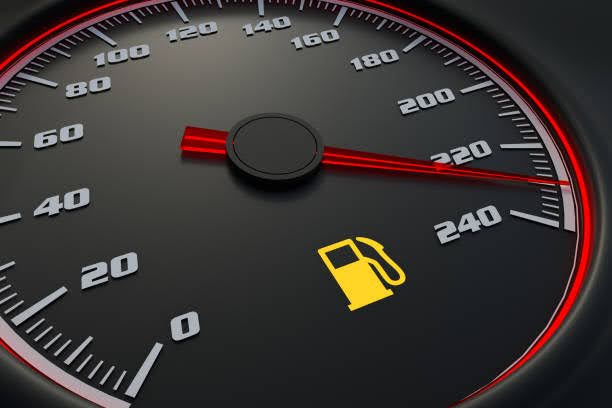
Indication: The appearance of the low fuel indicator light on your dashboard serves as a familiar reminder that your vehicle’s fuel level is running low.
Action: To avoid any unexpected disruptions to your journey, it’s advisable not to take chances. When you spot the low fuel indicator, take the opportunity to refuel at the nearest gas station. This proactive approach ensures you’re prepared for any weather or traffic variations that may arise.
Extra Tip: Take note of the triangle-shaped arrow next to the gas pump icon on your fuel gauge. This helpful indicator reveals which side of the vehicle the fuel tank is located on, streamlining the refueling process.
10. AUTOMATIC SHIFT LOCK OR ENGINE START INDICATOR LIGHT
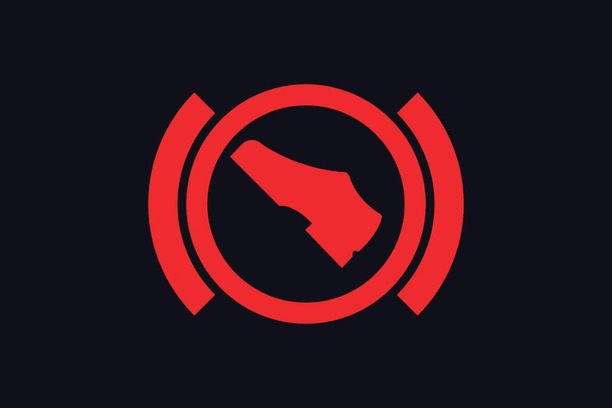
Indication: When this dashboard symbol illuminates, it’s typically a reminder to engage the brake before shifting gears or starting the ignition. This precautionary measure is enforced by the automatic shift lock feature, ensuring the vehicle remains in park or neutral until the brake is applied.
Action: To proceed, always remember to engage the brake before attempting to shift gears or start the ignition. This simple yet crucial step guarantees smooth and safe vehicle operation.
11. SEAT BELT REMINDER LIGHT
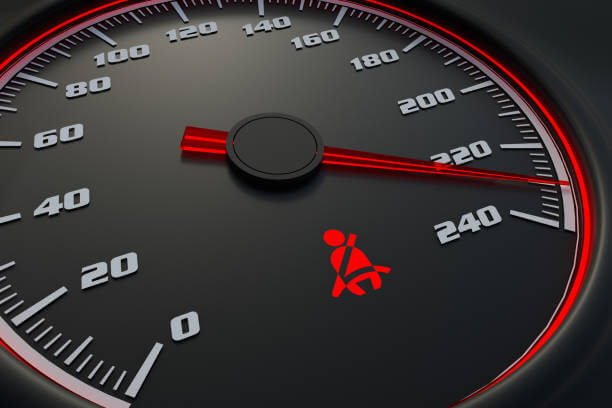
Indication: When illuminated, the seat belt reminder light serves as a straightforward prompt for you or your passengers to securely fasten your seat belts. It often accompanies a repetitive dinging noise to reinforce the message.
Action: Ensure everyone buckles up! Research indicates that seat belts can reduce serious crash-related injuries by approximately 50%. By wearing seat belts, you significantly increase your chances of surviving a collision and minimizing the severity of injuries.
12. AIRBAG INDICATOR LIGHT
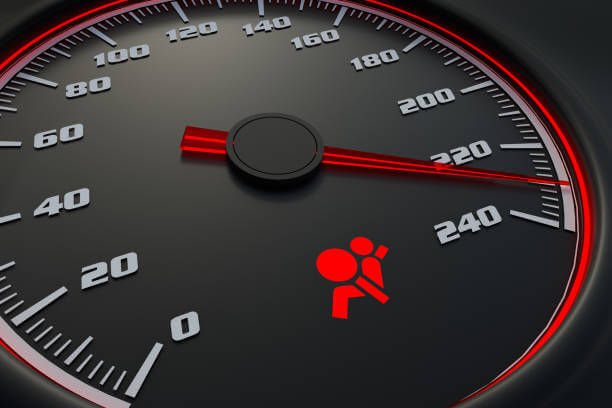
Indication: When the airbag indicator light flickers to life, it’s a clear signal that something may be amiss with one of your airbags or the entire airbag system.
Action: Take proactive steps and have your car inspected promptly! Your vehicle’s airbags play a vital role in keeping you safe during accidents. Ensuring their proper functioning is essential for your peace of mind and safety on the road.
13. SECURITY INDICATOR LIGHT
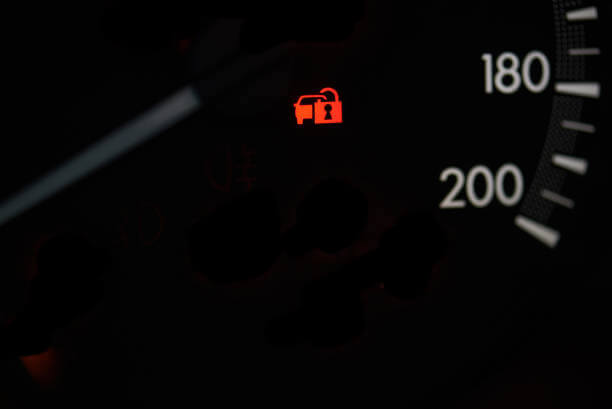
Indication: The security indicator light acts as a reassuring companion, an integral part of your vehicle’s anti-theft system. When it blinks steadily, it’s a comforting signal that your security system is on guard, diligently protecting your vehicle. However, if it stays solid and your car refuses to start, it’s a prompt for action – the immobilization system is activated, prompting you to address any potential security concerns or system glitches. And if the light remains solid while everything seems normal, it’s an opportunity for proactive maintenance – indicating a need to ensure the continued reliability of your security system.
Action: If your vehicle is immobilized, refer to your manual or seek assistance from your dealership to address any issues with the security system. In the case of a malfunction, seize the opportunity to resolve it promptly, ensuring your security system remains robust and effective in safeguarding your vehicle.
14. FOG LAMP INDICATOR LIGHT
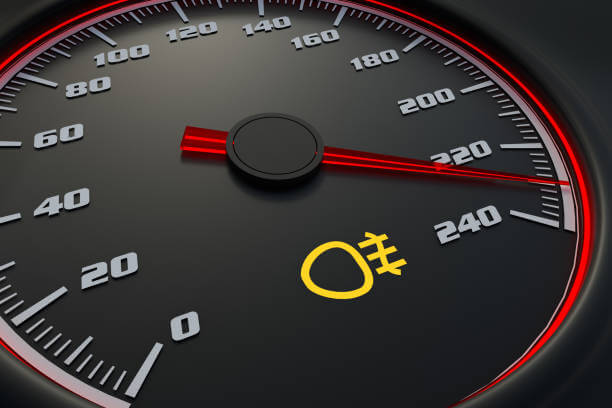
Indication: This symbol indicates that your fog lights are currently turned on.
Action: Utilize fog lights only when visibility drops below 100 yards. Unnecessary use may impair visibility for other drivers on the road.
15. WASHER FLUID INDICATOR LIGHT
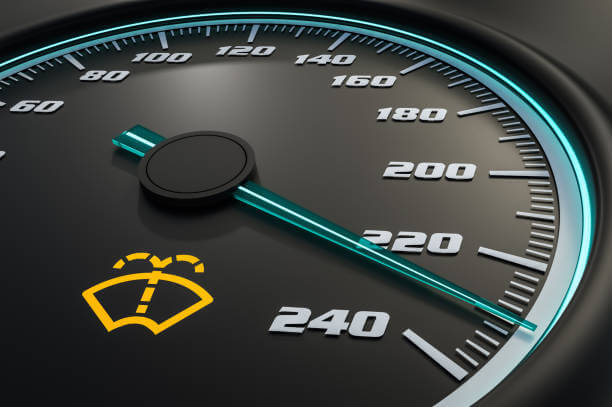
Indication: Emulating the action of your windshield wipers, this dashboard symbol notifies you that your windshield washer fluid is running low.
Action: Refill the reservoir with washer fluid at your earliest convenience.
16. BRAKE WARNING LIGHT
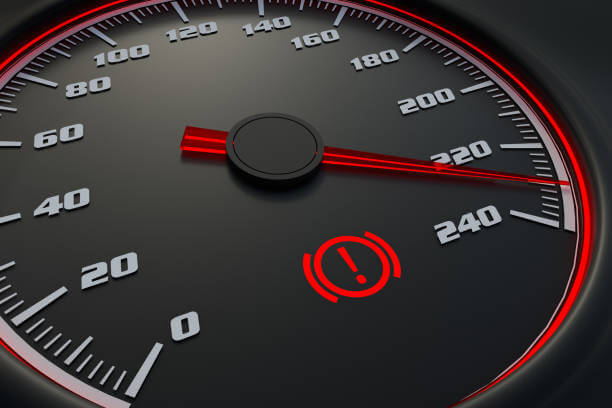
Indication: If you spot this symbol illuminated on your dashboard or notice the word “BRAKE” glowing in red, it’s a sign that either your parking brake is engaged or there’s a potential issue with your braking system, such as low brake fluid or worn brake pads.
Action: Start by pulling over safely to check if your parking brake is engaged. If it’s not, it’s crucial to proceed with caution as there could be a serious problem with your brakes. Avoid driving further and have your vehicle inspected by a professional as soon as possible to diagnose and address any braking system issues.
17. LANE DEPARTURE WARNING LIGHT
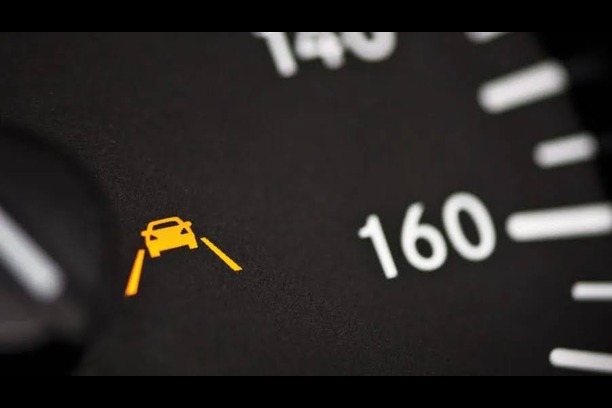
Indication: The Lane Departure Warning Light is a built-in safety feature found in most contemporary vehicles. When engaged, it illuminates on your dashboard and emits an audible alert if your vehicle starts to veer out of its designated lane, helping to prevent potential accidents caused by unintended lane departures.
Action: Upon noticing the light, promptly assess your driving and adjust your steering if necessary to realign your vehicle within its lane. However, it’s important to note that the light may also activate during intentional lane changes, serving as a reminder to maintain awareness of your surroundings and ensure safe maneuvering.
18. Transmission Temperature Warning Light
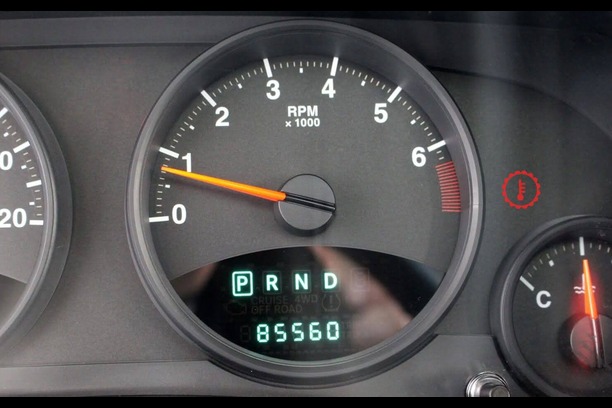
Indication: Should you notice this warning light on your dashboard, it’s a telltale sign of transmission overheating, prompting immediate investigation into possible factors like low transmission fluid, worn transmission parts, heavy towing, or other contributing factors.
Action: Immediately pull over to a safe location and turn off the vehicle. Allow the transmission to cool down before attempting to drive again. It’s essential to prioritize safety and avoid further damage to the transmission. Once cooled, proceed to a repair shop at your earliest convenience for a thorough inspection and necessary repairs. If the warning light persists and you have a considerable distance to travel, it’s advisable to contact a towing service for assistance.
Restore Your Vehicle’s Performance with Us!
Experiencing car troubles? Let us take care of it! Whether it’s a simple oil change or a more complex repair, trust our skilled car mechanics to diagnose and fix the issue efficiently. Schedule your visit to our reliable auto repair center today at goldautoworks.com.sg and get back on the road with confidence!


